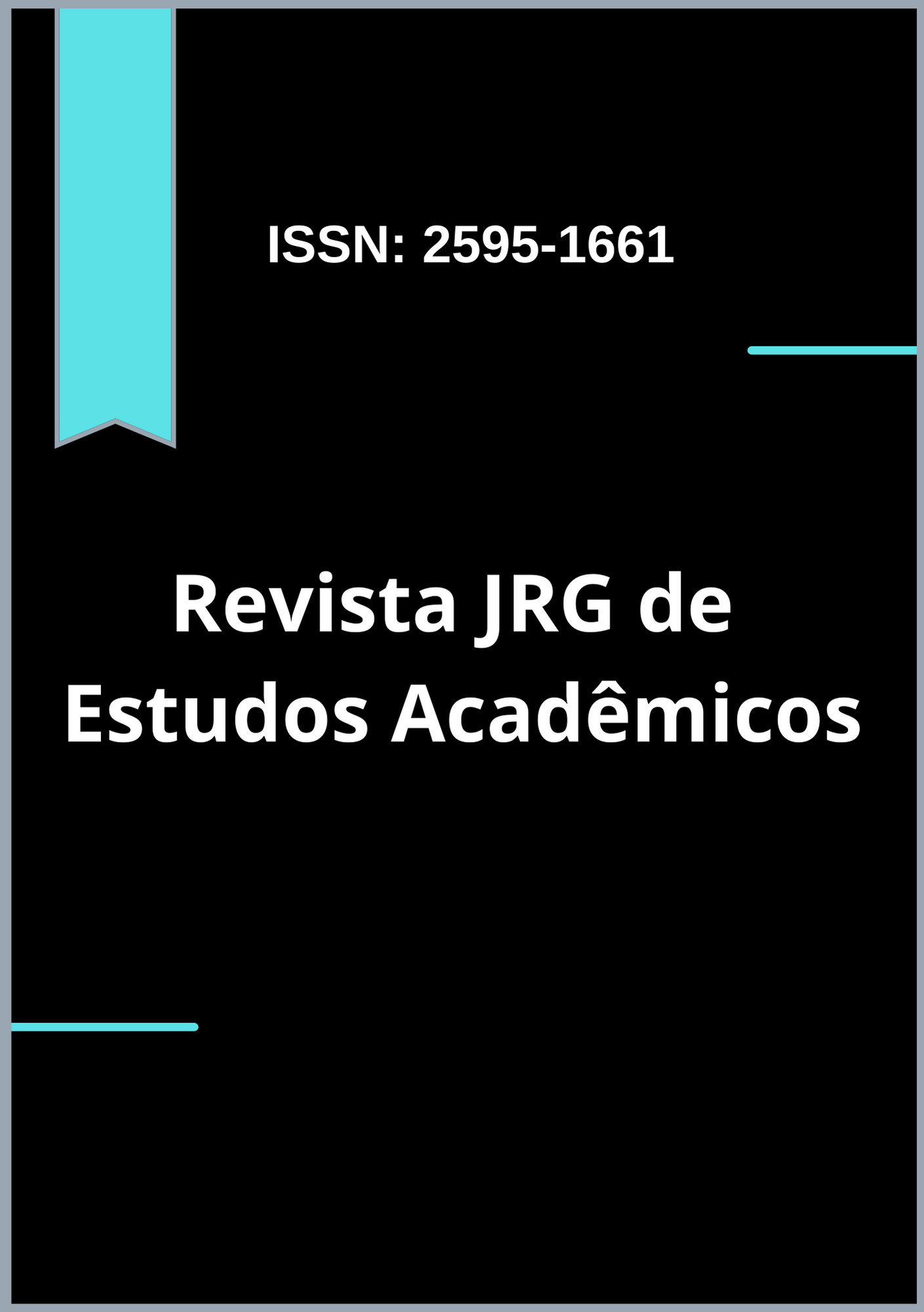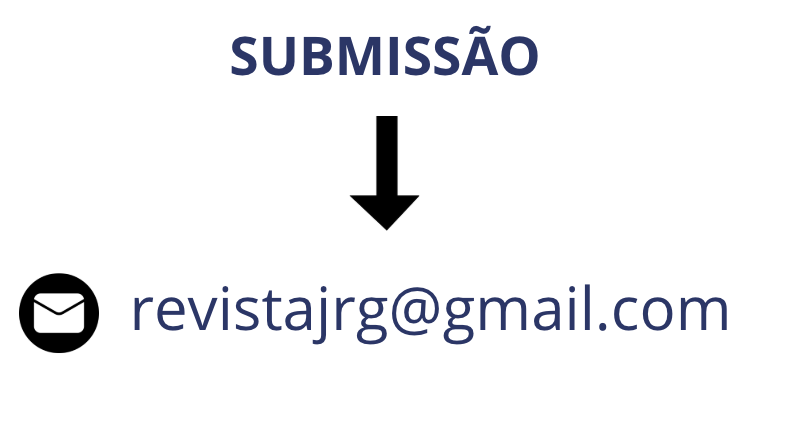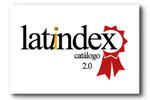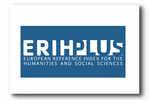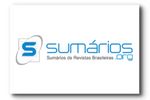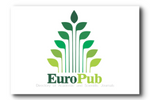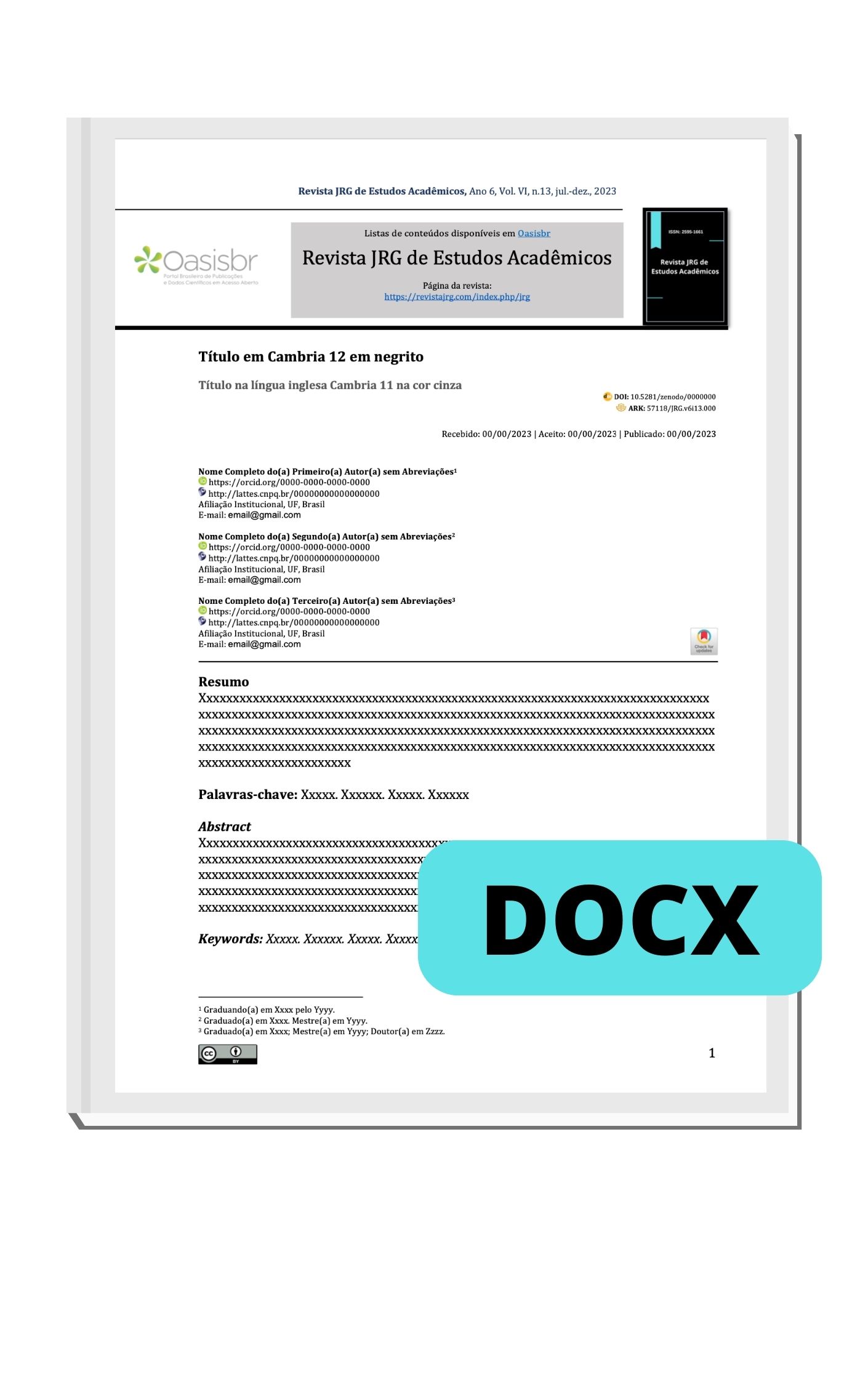Temporal analysis of land use and land cover in the Soledade river basin, PB
DOI:
https://doi.org/10.55892/jrg.v8i19.2214Keywords:
Vegetation Degradation, Soil, NDVI, Natural ResourcesAbstract
The Rio Soledade hydrographic basin, located in a semi-arid region of Brazil, has been the stage for significant changes in its landscape, driven by anthropogenic pressures such as agricultural expansion and inadequate soil use, added to the effects of climatic oscillations like prolonged droughts. This study analyzed the dynamics of the basin's vegetation cover between the years 1985 and 2025, using the Normalized Difference Vegetation Index (NDVI), derived from satellite images. The hypothetical results indicated a general trend of reduction in average NDVI values over the decades, with emphasis on the expansion of exposed soil areas and the fragmentation of denser vegetation formations. Initially, in 1985, more robust Caatinga formations predominated, with NDVI values indicating dense vegetation. However, from 2005 onwards, and more accentuated after 2015, a progressive degradation of vegetation cover is observed. The analysis of the maps showed that the areas with the greatest vegetation loss would be concentrated in the portions of the basin with greater agricultural activity and close to urban settlements, indicating the direct influence of human activities. The decrease in NDVI reflects the substitution of shrub-tree formations by low-lying vegetation or exposed soil, evidencing the impact of unsustainable agricultural activities and the basin's vulnerability to adverse climatic conditions. NDVI, in this context, proved to be an essential tool for monitoring environmental degradation, allowing for the identification of critical areas and the understanding of spatial and temporal patterns of vegetation cover loss.
Downloads
References
BARBOSA, V. V.; MENDES, C F.; DE LUCENA BARBOSA, J. E. Mudanças nas Características da Água Decorrente da Seca Prolongada em Reservatórios do Semiárido Brasileiro.
DE MATTOS SCARAMUZZA, C. A. et al. Mapeamento do uso e cobertura da terra do Cerrado brasileiro baseado principalmente em imagens do satélite Landsat-8. Revista Brasileira de Cartografia, v. 6, 2017.
FRANCISCO, P. R. M., RIBEIRO, G. D. N., PEREIRA, F. C., MORAES NETO, J. M. D., SILVA, V. M. D. A., CHAVES, I. D. B., ... & SANTOS, C. A. C. D. (2018). Geotecnologias aplicadas a estudos ambientais. 2018
FRANCISCO, P. R. M., CHAVES, I. D. B., CHAVES, L. H. G., & LIMA, E. D. Estimativa da degradação da biomassa da vegetação de caatinga através de índices de vegetação. Revista Polêmica, 12(2), 306-321. 2013
FONSECA, E. L., & LOCATELLI, M. NDVI aplicado na detecção de degradação de pastagens cultivadas. Confins. Revue franco-brésilienne de géographie/Revista franco-brasilera de geografia, (35). 2018
MAPBIOMAS, PROJETO. Desmatamento, queimadas e retração da superfície da água aumentam o risco de desertificação da caatinga. Map Biomas Brasil, 2021.
PERUZZO, J. S.; MONTEIRO, J. E. A.; PEREIRA, M. C. S.; FREIRE, J. N.; SILVA, L. D. R; SILVINO, G. S. Geotecnologias: Ferramenta Prática na Detecção de Mudanças no Uso e Cobertura do Solo em Bacias Hidrográficas. Ciências agrárias: Pesquisas e Perspectivas no Nordeste Brasileiro. 1ed. Ananindeua, PA: Itacaiúnas, v. 1, p. 149-156. 2019
PINTO, R. M. S.; CARVALHO, V. C.; ALVALÁ, R. C. S. Mapas de variabilidade temporal do uso e cobertura da terra do núcleo de desertificação de Irauçuba (CE) para utilização em modelos meteorológicos. In: Simpósio Brasileiro de Sensoriamento Remoto, 14., 2009, Natal - RN. Anais... São José dos Campos: INPE, 2009, p. 6077-6083.
SOUSA, J. H. S. de et al. Classificação do uso e cobertura da terra da bacia hidrográfica do Rio Sucuru utilizando o Google Earth Engine e aplicação do algoritmo Random Forest. 2023.
SILVA, E. et al. Efeitos da implementação de barragens e projetos de compensação sobre comunidades de florestas ribeirinhas na bacia do Rio Canoas. 2022.
TOMÉ, I. M. Avaliação ambiental em áreas de preservação permanente em Catalão (GO): uma contribuição ao planejamento. 2025.
MARTINS, W. A. et al. Reduction of sediment yield by riparian vegetation recovery at distinct levels of soil erosion in a tropical watershed. Ciência e Agrotecnologia, v. 45, p. e028220, 2021.
MUTTI, P. R.; BEZERRA, B. G. Tendências de NDVI nos núcleos de desertificação do Semiárido Brasileiro no período 2000-2018. In: I CONGRESSO NACIONAL DA DIVERSIDADE DO SEMIÁRIDO. 2018.
VIANA, N. S. Geotecnologias e atributos dos solos para análise ambiental de unidade de conservação no semiárido. 2024.
ZHANG, M., DELGADO-BAQUERIZO, M., LI, G., ISBELL, F., WANG, Y., HAUTIER, Y., WANG, Y., XIAO, Y., CAI, J., PAN, X., & WANG, L. Experimental impacts of grazing on grassland biodiversity and function are explained by aridity. Nature Communications, 14, 5040. 2023
